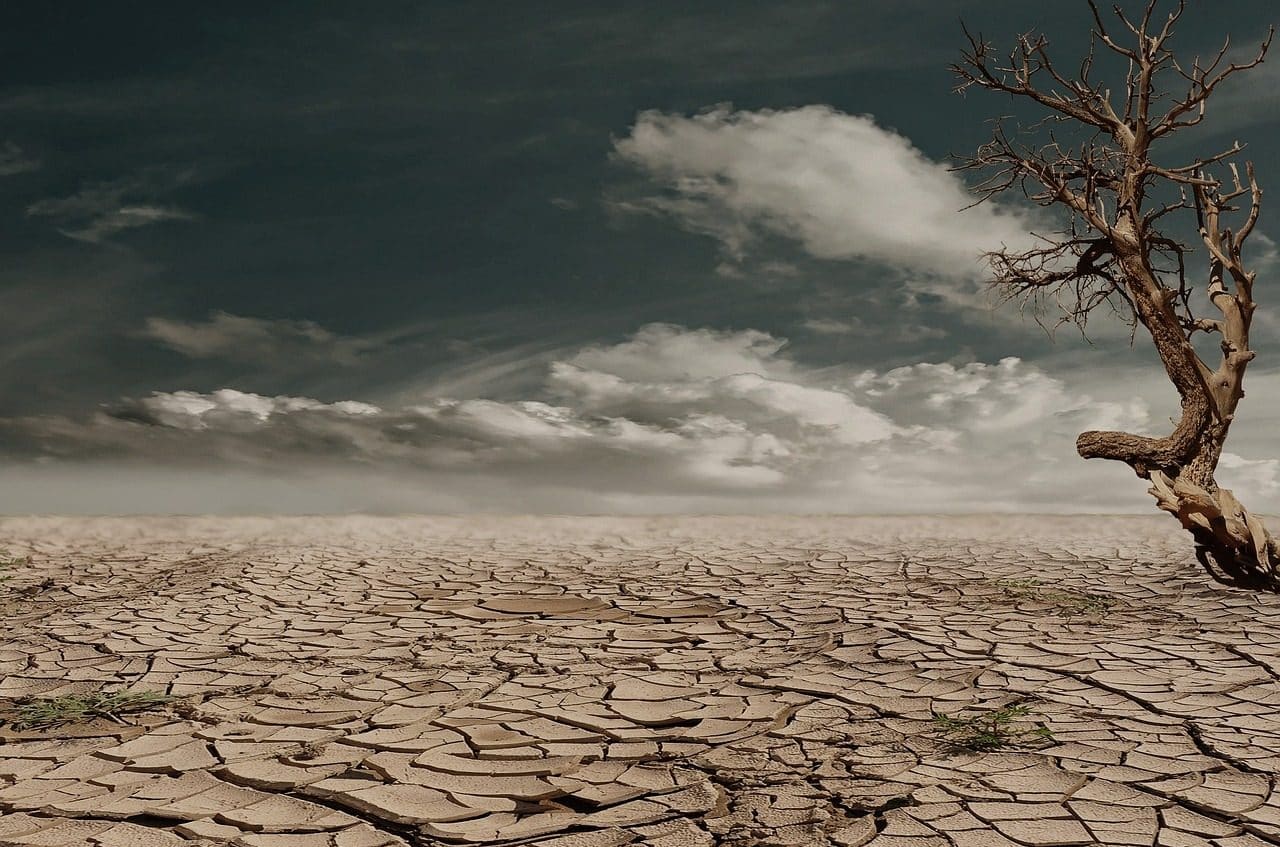
Land use planning is necessary to avoid soil degradation.
Soil degradation is a phenomenon that occurs when a piece of land suffers a deterioration in its ability to fulfill its usual functions . This detriment can occur naturally or be caused by human beings with their actions.
It should be noted that degradation is the act and result of degrading or degrading: losing qualities or decreasing the intensity of something progressively. The notion of soil , meanwhile, refers to the surface of the planet.
Causes of soil degradation
Soil degradation can be generated by different causes. Intensive agriculture , deforestation , overgrazing and climate change are the main reasons, which cause various effects.
Agricultural practices can cause the loss of soil nutrients due to monoculture , abuse of chemical fertilizers and inadequate irrigation. Tillage and plowing also contribute to the problem and environmental impact.
The logging industry and the expansion of urbanization are among the activities that lead to deforestation. Livestock farming, in turn, usually resorts to excessive grazing , increasing soil compaction and depleting the plant cover.
Global warming is responsible for drought and desertification , which can also be combined with soil contamination due to discharges from different industries and inadequate waste disposal.

Opting for rotational grazing helps reduce soil degradation.
Classification according to type
It is possible to classify soil degradation into two main types. On the one hand, degradation appears due to the displacement of particles , which is associated with erosion . Wind and water, in this framework, carry particles and cause damage.
On the other hand, there is so-called in situ degradation . The physical degradation of the soil that is linked to artificialization and compaction falls within this class of processes. The same occurs with chemical soil degradation , related to the loss of organic matter, salinization and acidification.
Other analysts also recognize ecological degradation (tied to climate change) and biological degradation of the soil (which occurs when microbial activity falls, resulting in a reduction in yield).
Consequences of soil degradation
The consequences of soil degradation are numerous. They can range from desertification to flooding , including the drop in global food production.
Desertification, for example, occurs when nutrients are lost and the land becomes unfavorable for plant development. Floods, for their part, become frequent as the quality of the soil drops, which begins to lose its absorptive power and thus the water from precipitation flows into rivers, lakes, streams, etc.
There are, in addition, other more direct consequences. Soil acidification arises from inconvenient use of fertilizers or poor crop selection that promotes a drop in pH.
Soil salinization , meanwhile, emerges if the salt level grows excessively. Typically, improper watering, poor drainage or a high evaporation rate cause salt buildup in the roots of the plants.
Another effect of degradation is soil compaction . This is induced by agricultural machinery and prevents the roots from being able to sprout.

Sustainable agriculture helps minimize soil erosion.
Measures to prevent and minimize it
To prevent and minimize soil degradation, many measures can be taken. Among them, opting for crop rotation (which reduces the chances of nutrient depletion, increases fertility and favors the fight against diseases and pests).
It is also necessary to avoid intensive tillage and opt for reduced tillage or direct sowing . Applying efficient irrigation (such as drip irrigation), controlling the use of fertilizers, resorting to cover crops and developing cultivation terraces where possible allow for more rational use of land.
Soil degradation and food security
Combating soil degradation is necessary for food security and to get closer to zero hunger , says the Food and Agriculture Organization of the United Nations (FAO) . The organization highlights that the nutrients, water and microorganisms essential for food production are found in the soil.
FAO figures indicate that, if the current rate of erosion continues, by 2050 more than 90% of the planet's soils would be degraded (that is, with worse qualities than today).
Soil degradation leads to the production of less nutritious food, threatens water supply and harms biodiversity . It can also cause damage to urban infrastructure and force migration due to increased poverty .
The FAO points out that 95% of the food consumed by humans comes from the soil . This figure reflects that stopping degradation is essential, which should be a priority for all governments.
